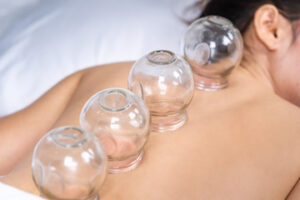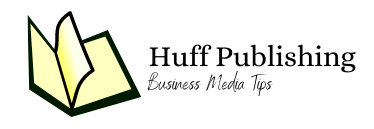Dry cupping vs. wet cupping. Often described as pseudoscience or quackery, Cupping Therapy is a form of alternative medicine. It uses suction to create localized pressure on the skin and is practiced in some countries. Generally, there are two main types of cupping. The first is wet cupping, and the second is dry cupping. In both, a therapist creates suction and draws blood from the skin. However, there are important differences between the two.
 During cupping, the therapist may apply a lubricant to help reduce friction on the skin. This is usually done to prevent cup marks. In general, cupping is a safe form of alternative medicine. It can be used to treat a number of ailments, including arthritis, fibromyalgia, and Lyme disease. It’s been shown to boost immunity, ease pain, and promote healing. It can be combined with psychotherapy and healthy eating to help treat chronic conditions.
During cupping, the therapist may apply a lubricant to help reduce friction on the skin. This is usually done to prevent cup marks. In general, cupping is a safe form of alternative medicine. It can be used to treat a number of ailments, including arthritis, fibromyalgia, and Lyme disease. It’s been shown to boost immunity, ease pain, and promote healing. It can be combined with psychotherapy and healthy eating to help treat chronic conditions.
If a patient has open wounds, it is best to wait until the wound heals before starting treatment. Wet cupping requires that the therapist make a small incision in the skin, then draw out blood. The practitioner may then need to apply an antibiotic ointment. Dry cupping, on the other hand, does not involve cuts or incisions. Instead, a plastic or glass cup is placed on the skin. A rubber pump is then used to create suction. The therapist then positions the cup and leaves it for a long time.
Some researchers believe that this type of treatment is effective in helping to remove toxins from the blood. It is also said to reduce inflammation. The dark marks left on the skin will fade over a period of three to ten days. On the other hand, wet cupping has a higher risk of infection. It is also more intense. Typically, a patient will get 3-5 cups in a single session.
In addition to the risks of infections, there is also a chance of bruising. People with sensitive skin and those who are on blood thinners should avoid this treatment. During cupping therapy, the suction of cups helps loosen cellular debris, dead cells, and lymphatic fluid. This improves blood circulation and allows for better healing. However, it’s important to avoid sensitive skin during the treatment.
As the cups work, you’ll feel a warm, stretching sensation during cupping. This is normal and a part of the healing process. If you feel any discomfort during the treatment, remove the cups immediately. Before receiving a cupping session, make sure you drink plenty of water. It would be best to increase your fluid intake during the session. This will aid in flushing toxins from your body. It’s also recommended that you avoid alcohol for 24 hours after a cupping treatment. After the session, you’ll want to rest and avoid heavy exercise. It would be best to avoid swimming and showering for a few hours. During a cupping treatment, you’ll experience fluctuations in your energy levels and blood pressure. For this reason, you should avoid rich foods and greasy foods.
Avoiding inflamed skin, sunburn, rashes, or open wounds. Using cupping therapy to treat your aches and pains can be a rewarding and enjoyable experience. It can also be an excellent adjunct to a healthy diet and exercise program. However, cupping can irritate the skin if done improperly, so it is important to follow the best practices. The sun’s rays are at their apex between 10 am and 4 pm. To avoid skin nicking, apply a broad-spectrum sunscreen to exposed skin. You should also wear sunglasses and hats if you are in the sun. This will prevent you from developing sunburns.
While you are at it, consider taking a vitamin D supplement. This is a good idea for anyone in your family, especially if you have an autoimmune disease or have been diagnosed with squamous cell carcinoma. It is a fact that many people develop cancer of the squamous kind when they are young. When this happens, it is often treatable if caught early. The best way to do this is to be vigilant about the tiniest changes in skin tone. It would be best if you also considered drinking a glass of wine to soothe the nerves. This is particularly true if you are planning to partake in a high-intensity sports activity such as golf or tennis.
